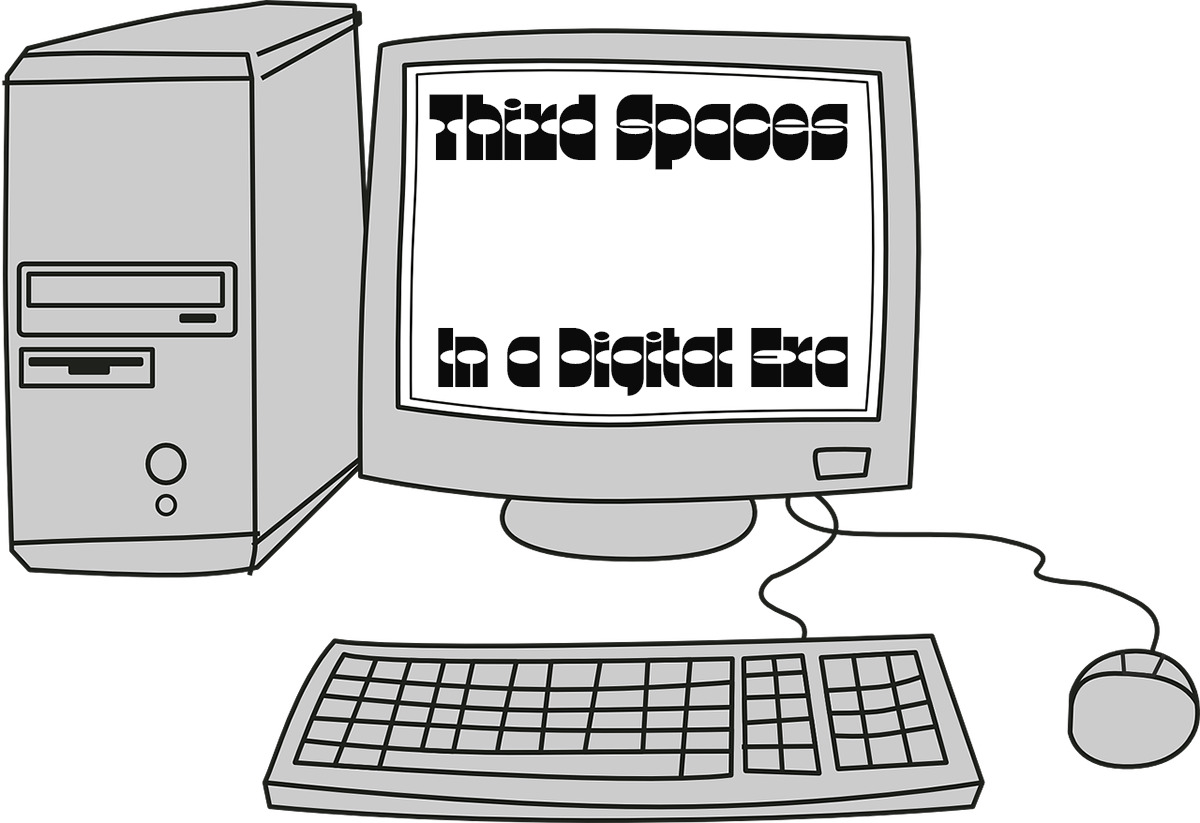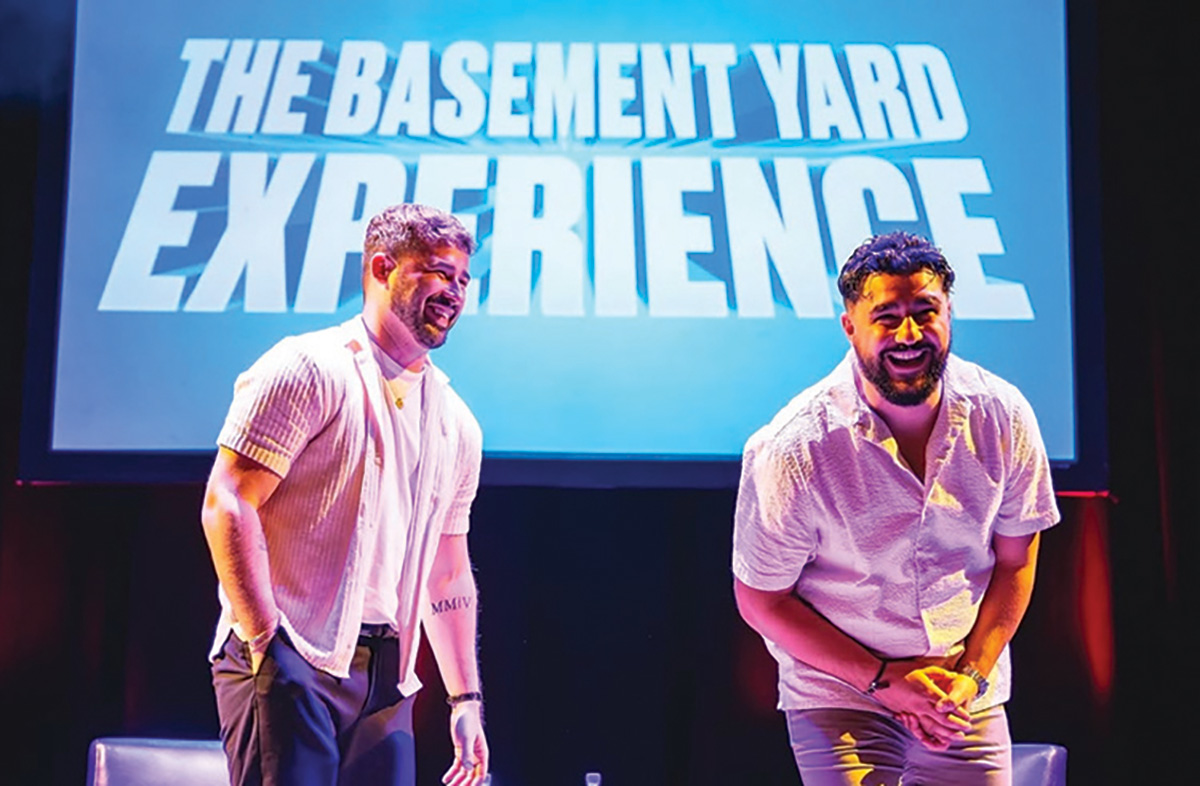Going and grabbing a drink at a bar or cafe, eating a meal at a restaurant, participating in your weekly “Dungeons and Dragons” club or any social interaction or space outside your home, work or school. This is what is known as a third space.
Coined by sociologist Ray Oldenburg in the late ‘90s, third spaces have been in the social sphere for decades. Markets, bars, coliseums and biker clubs are all third spaces in history. But what does a third space look like now?
The definition of a third space remains concrete in this day and age. However, their physical space, affordability and necessity seem to be up in the air.
With prices rising and a global pandemic promoting isolation, a third space for most individuals is either impractical or simply unwanted.
With face-to-face interaction becoming less necessary in everyday life and many now working from home, leaving one’s house or work seems unnecessary or impractical in some scenarios.
Pair this with rising costs and dwindling average household incomes, and it’s a disaster for third spaces. But this doesn’t mean third spaces are entirely gone, right?
Right is the correct answer. These spaces are still around but they used to be more popular and vast. These spaces have now reinvented themselves in a digital era.
We’ve seen a rise in digital communication, especially with apps like Zoom and other video or audio calling apps. Virtual reality is becoming more and more realistic and available to the public as well.
But these digital third places differ from physical spaces. These spaces frequently are entirely controlled by the user. The low-risk randomness aspect of a physical place with physical beings is not present in these places.
People in these spaces are the beholders of everything around them. They control everyone they talk to and can avoid bumping into a stranger or doing something unwanted more efficiently than ever.
I’m not saying these spaces are inadequate or shouldn’t be a thing in general. These spaces lack the natural aspect of physical social spaces that are an element of our lives that seems necessary within the human experience.
The users or developers of these digital third spaces void the naturalness of randomness that typically comes when in a social space. Visible emotion, along with any physical interaction, is also not available in these spaces. The art of communication is reinvented within these spaces and adapted to its medium.
The lack of physical interaction has become an apparent issue in the modern age. Studies state that nearly half of all Americans feel lonely, and with the state of loneliness causing health issues, it’s an apparent issue in our society.
A physical third space is more necessary than ever in our world. A space where one can socialize, meet new people, and become ignorant of one’s outside stresses.
However, these spaces are less and less attainable or just unwanted for individuals.
We are at a crossroads, a time where the term is being reinvented and adapted to the dystopian society we are creating.
A third space is a necessary, almost vital part of the social sphere. It allows us to express ourselves, learn how to communicate and feel like we are a part of something.
Who knows what these spaces will look like in coming years, but for now, enjoy what they still are, join a club or group, try that new restaurant, engage in social activity and stimulate the mind.
After all, without these spaces that are filled with communication, leisure, escapism and bliss, what would we have outside of our work and home lives? To me, this idea of isolation and solely digital third spaces is one of purgatory.
Voelker can reached at voelkerw0364@uwec.edu.









